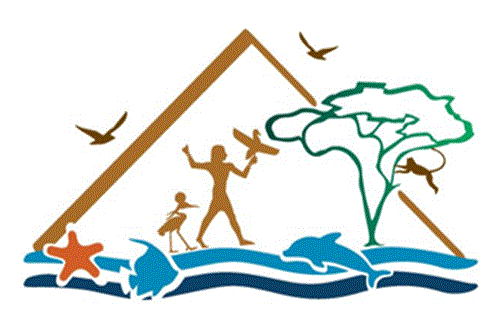International trade in wild fauna and flora must be carried out avoiding negative effects on the conservation status of the concerned species. Aiming at regulating such international trade, the CITES Convention and, at European Union level, the Council Regulation (EEC) No 338/97 of 9 December 1996 were adopted. Under that Regulation (Article 4), it is necessary the advice of a Scientific Authority to consider that the importation of the specimen will not have a detrimental effect on the conservation status of the species or on the extent of the territory occupied by the population of the concerned species. The positive or negative character of this assessment is the result of the analysis carried out through the Non-detriment Finding (NDF).
Specifying for our country, both for the import and export of the species of Annex A and B, it is necessary that the Scientific Authority of Spain (competence of the Dirección General de Calidad y Evaluación Ambiental del Ministerio de Agricultura y Pesca, Alimentación y Medio Ambiente) certifies that the population of origin of the species in question is not harmed.
Ultimately, the NDFs must conclude whether the extraction of the specimens intended to be carried out will affect the survival of their original population. This is why there is widespread interest by the Scientific Authorities of CITES parties in establishing an integrative and objective methodology for the development of NDFs.
For the adequate processing in Spain of the NDFs, it is useful that operators and applicants for import permits know the information that the CITES Scientific Authority of Spain needs to be able to prepare an NDF.






